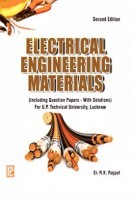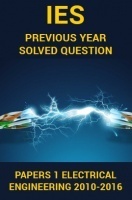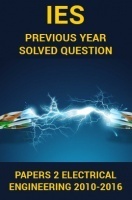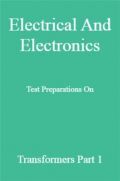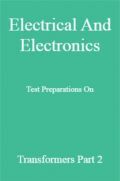This book provides a practical and accessible understanding of the fundamental principles of virtual instrumentation. It explains how to acquire, analyze and present data using LabVIEW (Laboratory Virtual Instrument Engineering Workbench) as the application development environment.
The book introduces the students to the graphical system design model and its different phases of functionality such as design, prototyping and deployment. It explains the basic concepts of graphical programming and highlights the features and techniques used in LabVIEW to create Virtual Instruments (VIs). Using the technique of modular programming, the book teaches how to make a VI as a subVI. Arrays, clusters, structures and strings in LabVIEW are covered in detail.
The book also includes coverage of emerging graphical system design technologies for real-world applications. In addition, extensive discussions on data acquisition, image acquisition, motion control and LabVIEW tools are presented.
This book is designed for undergraduate and postgraduate students of instrumentation and control engineering, electronics and instrumentation engineering, electrical and electronics engineering, electronics and communication engineering, and computer science and engineering. It will be also useful to engineering students of other disciplines where courses in virtual instrumentation are offered.
Key Features :
Builds the concept of virtual instrumentation by using clear-cut programming elements.
Includes a summary that outlines important learning points and skills taught in the chapter.
Offers a number of solved problems to help students gain hands-on experience of problem solving.
Provides several chapter-end questions and problems to assist students in reinforcing their knowledge.









